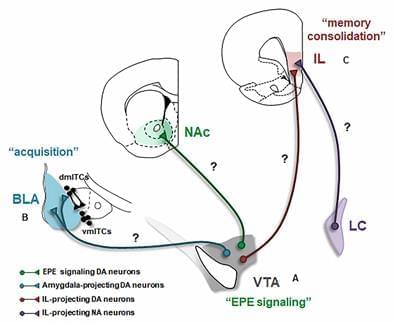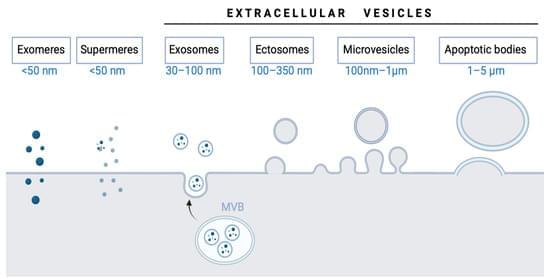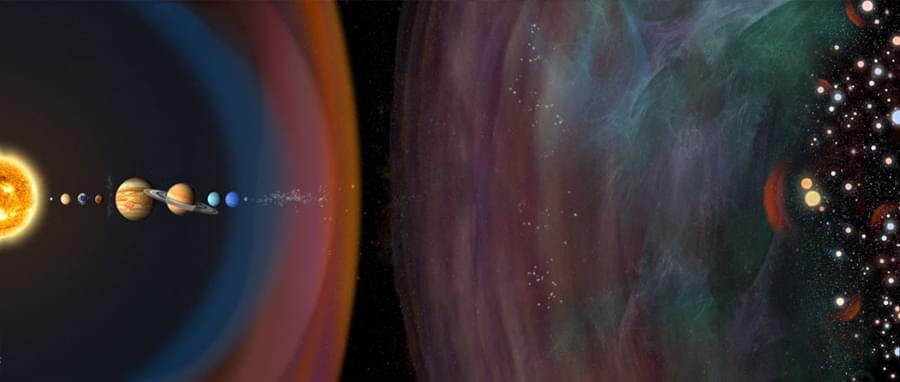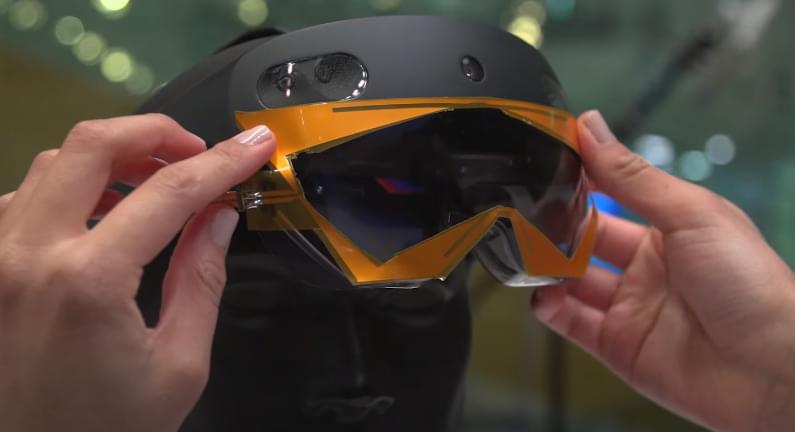Life began on Earth about 3.7 billion years ago. But what if it was present in the universe even before that? It sounds strange, but this is what the Pansper…
Get the latest international news and world events from around the world.

Dopamine in Fear Extinction
The ability to extinguish fear memories when threats are no longer present is critical for adaptive behavior. Fear extinction represents a new learning process that eventually leads to the formation of extinction memories. Understanding the neural basis of fear extinction has considerable clinical significance as deficits in extinction learning are the hallmark of human anxiety disorders. In recent years, the dopamine (DA) system has emerged as one of the key regulators of fear extinction. In this review article, we highlight recent advances that have demonstrated the crucial role DA plays in mediating different phases of fear extinction. Emerging concepts and outstanding questions for future research are also discussed.
Learning to associate stimuli and situations with danger or safety is critical for survival and adaptive behavior. In the laboratory, these forms of learning are typically studied using Pavlovian fear conditioning and extinction. Fear conditioning is an example of associative learning in which an initially neutral stimulus such as a tone (conditioned stimulus, CS) comes to elicit fear responses after being paired in time with an aversive outcome such as a foot shock (unconditioned stimulus, US). Once the CS-US association is learned, subsequently repeated presentations of the CS in the absence of the aversive US result in a gradual decrease in conditioned fear responses, a process known as fear extinction. In the last decades, fear extinction has attracted much interest in part because deficits in extinction learning are thought to underlie human anxiety disorders, such as post-traumatic stress disorder (PTSD) and phobias (Graham and Milad, 2011; Pitman et al., 2012; Craske et al.

Extracellular Vesicles as “Very Important Particles” (VIPs) in Aging
In recent decades, extracellular vesicles have been recognized as “very important particles” (VIPs) associated with aging and age-related disease. During the 1980s, researchers discovered that these vesicle particles released by cells were not debris but signaling molecules carrying cargoes that play key roles in physiological processes and physiopathological modulation. Following the International Society for Extracellular Vesicles (ISEV) recommendation, different vesicle particles (e.g., exosomes, microvesicles, oncosomes) have been named globally extracellular vesicles. These vesicles are essential to maintain body homeostasis owing to their essential and evolutionarily conserved role in cellular communication and interaction with different tissues. Furthermore, recent studies have shown the role of extracellular vesicles in aging and age-associated diseases.


Super-fast insect urination powered by the physics of superpropulsion
Saad Bhamla was in his backyard when he noticed something he had never seen before: an insect urinating. Although nearly impossible to see, the insect formed an almost perfectly round droplet on its tail and then launched it away so quickly that it seemed to disappear. The tiny insect relieved itself repeatedly for hours.
It’s generally taken for granted that what goes in must come out, so when it comes to fluid dynamics in animals, the research is largely focused on feeding rather than excretion. But Bhamla, an assistant professor in the School of Chemical and Biomolecular Engineering at the Georgia Institute of Technology, had a hunch that what he saw wasn’t trivial.
“Little is known about the fluid dynamics of excretion, despite its impact on the morphology, energetics, and behavior of animals,” Bhamla said. “We wanted to see if this tiny insect had come up with any clever engineering or physics innovations in order to pee this way.”

Liquid nitrogen spray could clean up stubborn moon dust
A liquid nitrogen spray developed by Washington State University researchers can remove almost all of the simulated moon dust from a space suit, potentially solving what is a significant challenge for future moon-landing astronauts.
The sprayer removed more than 98% of moon dust simulant in a vacuum environment with minimal damage to spacesuits, performing better than any techniques that have been investigated previously. The researchers report on their work in the journal, Acta Astronautica.
While people have managed to put men on the moon, they haven’t figured out how to keep them clean there. Similar to the clingiest packaging peanuts, moon dust sticks to everything that it touches. Worse than the packing peanuts, the dust is composed of very fine particles that are the consistency of ground fiberglass.




US Marshals Service hit with ransomware attack
The United States Marshals Service (USMS) was hit with a ransomware attack the agency said in a statement. The incident occurred on February 17, and “officials determined that it constitutes a major incident,” according to an agency spokesperson.
Ransomware is a type of malware that locks up computer systems until a “ransom” is paid to unlock the system.